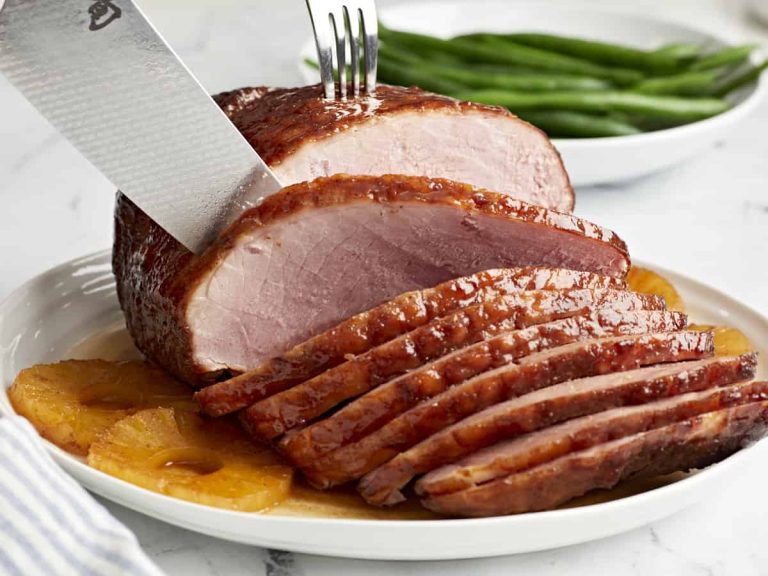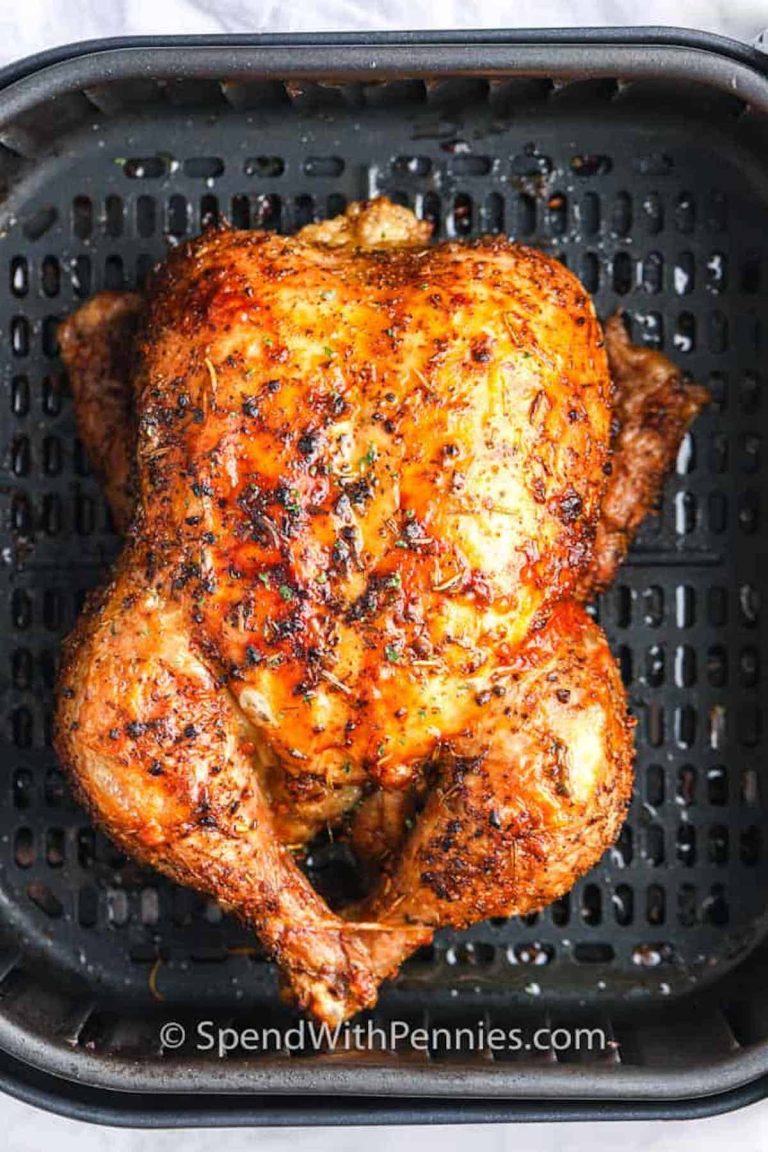Chicken Chow Mein: Authentic Recipes, History, and Global Variations Explained
Chicken Chow Mein consists of several key ingredients: tender chicken, crisp vegetables, savory noodles, and a flavorful sauce. Common vegetables include bell peppers, bean sprouts, and cabbage. You can also find variations that incorporate carrots and onions. The noodles are typically stir-fried until they’re slightly crispy, blending perfectly with the tender chicken and sauce. Popular ingredients for the sauce include soy sauce, sesame oil, and oyster sauce, providing a balance of savory and slightly sweet flavors.
Historical Origins of the Dish
Chicken Chow Mein has roots in Chinese cuisine but has become a fixture in Chinese-American cooking. The term “chow mein” translates to “stir-fried noodles” in English. Immigrants brought the dish to the United States during the 19th century, where it quickly became popular. Various regions in China contribute different flavors and techniques, lending authenticity and variety to the dish. Today, Chicken Chow Mein is enjoyed globally, celebrated for its adaptability and rich taste.
Ingredients Used in Chicken Chow Mein
Noodles: The Backbone of Chow Mein
Noodles form the base of Chicken Chow Mein. Egg noodles, common in this dish, are often stir-fried for texture. Fresh or dried varieties both work. Look for wheat flour and egg-based types. Parboil fresh noodles for 2-3 minutes or until tender, then drain thoroughly. For dried options, consider cooking time on packaging for accuracy. Quality noodles maintain texture after frying.
Chicken: Preparations and Cuts
Chicken selection impacts overall flavor. Boneless and skinless chicken breast or thigh are popular choices. Cut into thin strips for even cooking. Marinade with soy sauce, cornstarch, and a touch of sesame oil for tender, flavorful bites. This step enhances taste and keeps meat juicy during the stir-frying process.
Vegetables and Additional Flavors
Vegetables add crunch and color. Bell peppers, bok choy, and bean sprouts are typical additions. Slice bell peppers thinly and separate bok choy leaves from stems. Other common ingredients include carrots, snow peas, and onions. Cook vegetables quickly over high heat to maintain crispness.
Additional flavors come from garlic, ginger, and green onions. Mince garlic and ginger finely. Stir-fry briefly to release aroma. Green onions, both the white and green parts, add freshness. Soy sauce, oyster sauce, and sesame oil are crucial for the sauce. Mix them for a balanced, savory mixture. Adjust saltiness with light or dark soy sauce as needed. Add these elements near the end of cooking for a harmonious blend.
Cooking Techniques for Chicken Chow Mein
Stir-Frying: An Art and Science
Stir-frying combines high heat and quick cooking to preserve the flavors and textures of ingredients. Use a wok or a large skillet to ensure ingredients cook evenly. Preheat the wok until it’s almost smoking to achieve the best results. Start with the chicken, marinate it with soy sauce and cornstarch to enhance flavor and tenderness. Quickly sear the chicken, then remove it from the wok before adding vegetables. Add vegetables like bell peppers and bok choy, stir-fry them until just tender. Return the chicken to the wok, then add the noodles and sauce, tossing everything together until well-coated and hot. This method ensures each ingredient retains its distinct taste and texture.
Tips for Achieving the Perfect Texture
Select the right type of noodles for Chicken Chow Mein, using either fresh or dried egg noodles. Cook noodles until just al dente to prevent them from becoming mushy during stir-frying. Slice chicken thinly to facilitate even cooking. Adjust the cooking time based on the thickness of your chicken slices and vegetables. Avoid overcrowding the wok to maintain high heat and ensure quick cooking. If necessary, cook ingredients in batches. Toss the noodles gently to avoid breaking them and to evenly distribute the sauce. These steps help maintain the dish’s intended texture, making Chicken Chow Mein both enjoyable and authentic.
Regional Variations of Chicken Chow Mein
American Chinese vs. Traditional Chinese Versions
American Chinese Chicken Chow Mein differs significantly from its traditional Chinese counterpart. In American Chinese cuisine, Chow Mein typically features stir-fried noodles that are either soft or crispy, accompanied by a generous amount of chicken, vegetables, and a thick, savory sauce. This version often includes ingredients like celery and carrots, adding a distinct texture and flavor.
In contrast, the traditional Chinese version prioritizes the noodles, which are usually mixed with a lighter sauce. The focus remains on the quality and taste of the noodles rather than the sauce. Vegetables like bok choy and bean sprouts add freshness. Chicken is often marinated briefly to enhance its flavor. The Chinese variation emphasizes simplicity and balance, making it lighter yet flavorful.
Popular Adaptations Around the World
Chicken Chow Mein has adapted globally, reflecting local tastes and ingredients. In the United Kingdom, this dish often comes with a variety of vegetables such as peas and onions, and is sometimes served with a side of crispy prawn crackers. In India, spices like cumin and coriander are added, giving it a slightly spicy and aromatic profile.
In Australia, you might find Chicken Chow Mein incorporating local produce such as zucchini and capsicum. The sauce could be more tangy than savory. In Japan, Yakisoba is a common variant, where noodles are stir-fried with chicken and vegetables, often seasoned with a Worcestershire-based sauce, giving it a unique taste. Each region adds its distinct twist, making Chicken Chow Mein a truly versatile dish.
Conclusion
Chicken Chow Mein isn’t just a dish; it’s a global culinary journey that reflects diverse cultural influences. Whether you prefer the traditional Chinese version with its emphasis on noodles and sauce or the American Chinese variant with added vegetables like celery and carrots, there’s a version for everyone. Exploring different adaptations from countries like the UK, India, Australia, and Japan can add a unique twist to your cooking repertoire. So, next time you’re in the mood for something delicious and versatile, give Chicken Chow Mein a try and enjoy its rich flavors and history.





